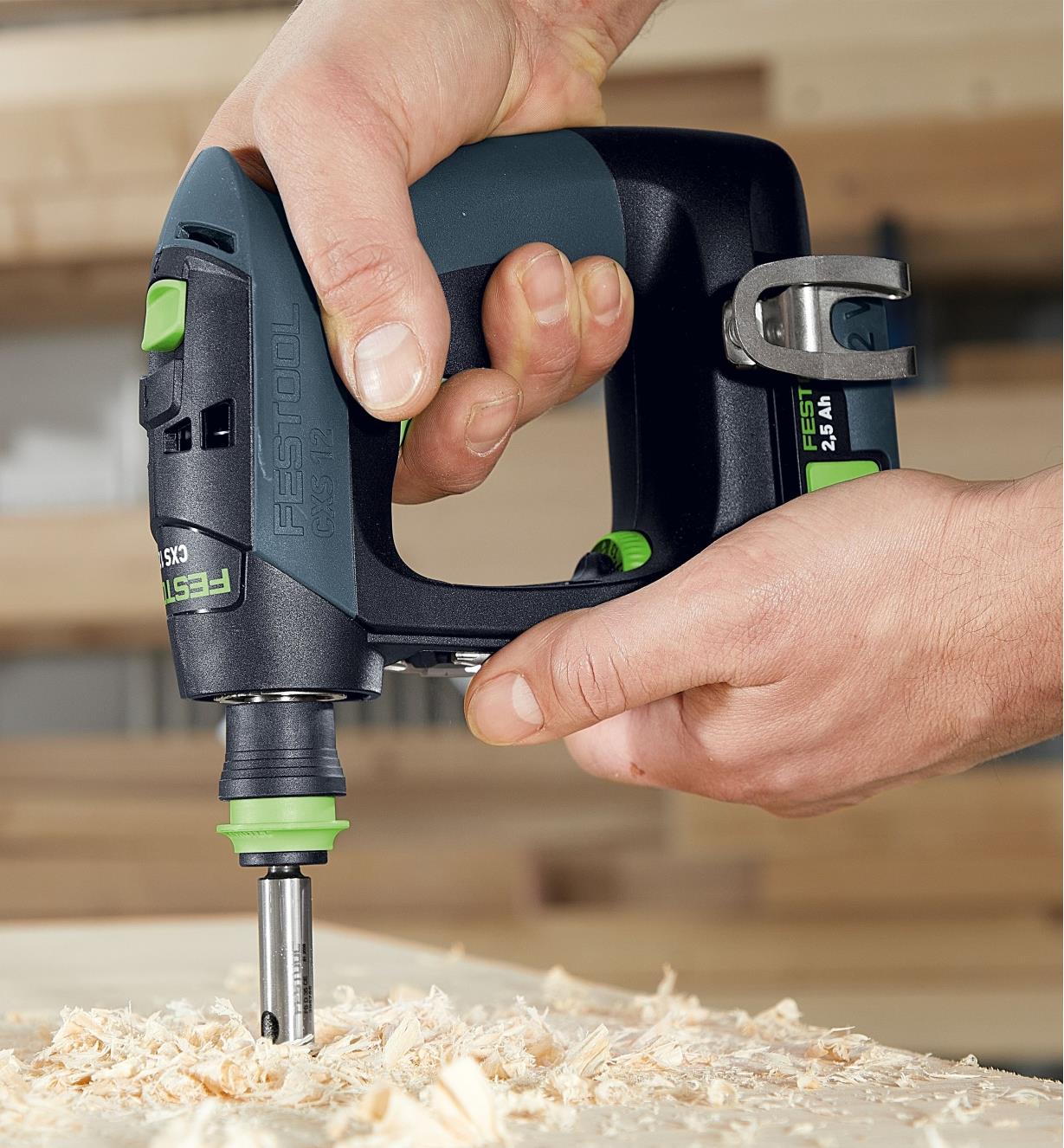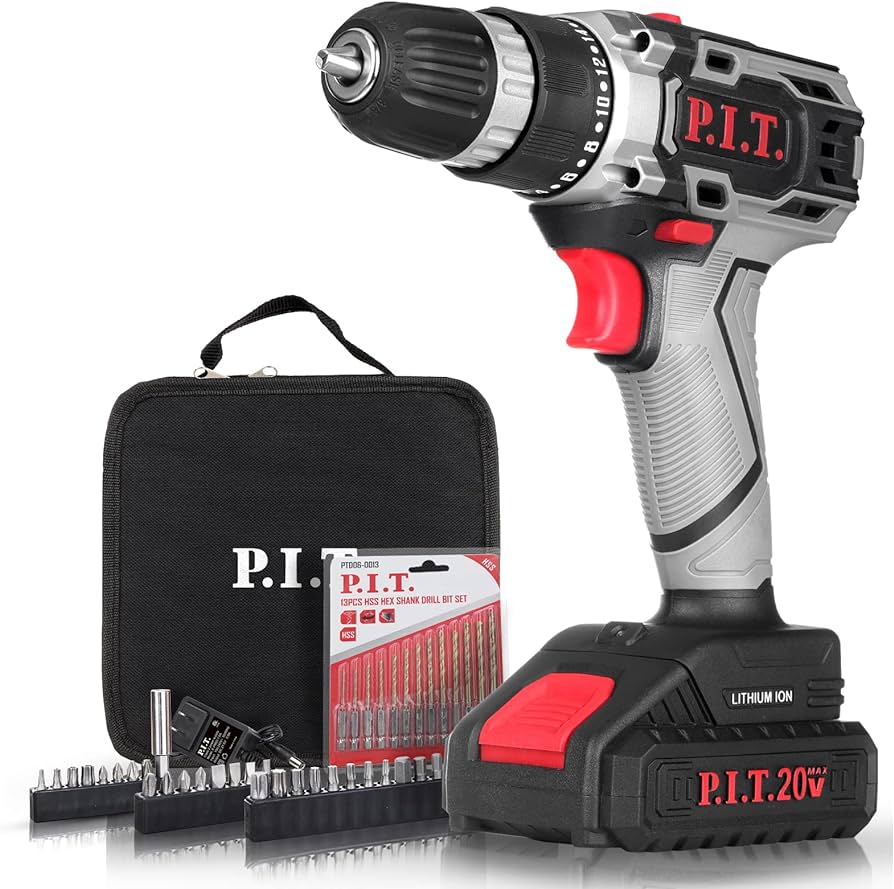The torque settings on a cordless drill refer to the amount of rotational force or tightening power that the drill can deliver. These settings can be adjusted to suit different tasks and materials, allowing for precise control over the depth and tightness of screws or bolts.
It is important to use the appropriate torque setting to avoid over-tightening or damaging the work material.
Understanding Torque Settings
|
What is torque and why is it important? Torque, measured in Newton Metres (Nm), is the force that causes an object to rotate and is the best gauge to see how powerful your drill or impact driver is. It is important to understand torque settings on a cordless drill as they determine the amount of force or twisting power that the drill can generate. This is crucial when driving screws into different materials, such as wood or metal, as different torque settings are needed for each application. How does torque impact a cordless drill’s power? The torque setting on a cordless drill affects its power and ability to drive screws or drill holes. Higher torque settings provide more force and are suitable for heavy-duty applications, such as drilling into thick materials or driving large screws. Lower torque settings, on the other hand, are ideal for delicate tasks that require less force, such as assembling furniture or working with small screws. It’s important to note that torque and speed are inversely proportional on a cordless drill. This means that as you increase the torque setting, the drill’s speed will decrease, and vice versa. Finding the right balance between torque and speed is crucial to achieve optimal performance and efficiency. |
Types Of Torque Settings
When it comes to cordless drills, understanding the torque settings is essential for achieving the desired results. Adjustable torque settings allow you to control the amount of force the drill applies to the workpiece. This is especially useful when working with different materials and tasks.
High torque and low torque settings offer distinct benefits. High torque settings are suitable for heavy-duty tasks, such as drilling through thick metal or mixing paint and plaster. These settings provide a large amount of turning force, enabling you to tackle demanding jobs.
On the other hand, low torque settings are ideal for delicate tasks or working with softer materials. These settings provide less force, preventing damage or stripping screws when working with delicate materials like wood or plastic.
Having multiple torque settings gives you flexibility and control over your drilling tasks. It allows you to adjust the drill’s power according to the specific needs of each project. By selecting the appropriate setting, you can optimize performance and ensure precise and efficient drilling.
How To Set Torque Settings On A Cordless Drill
How to Set Torque Settings on a Cordless Drill:
1. Locate the torque setting collar on your cordless drill. It is usually located near the chuck of the drill.
2. Twist the collar to adjust the torque setting. Higher numbers indicate more torque, while lower numbers indicate less torque.
3. When to use different torque settings for different tasks:
- Low torque settings (1-5) are ideal for tasks such as drilling small holes, working with soft materials like wood, or driving screws into delicate surfaces.
- Medium torque settings (6-10) are suitable for general drilling and screwdriving tasks.
- High torque settings (11-20) are best for drilling large holes or driving screws into tough materials like metal or hardwood.
4. Tips for maximizing the power of your cordless drill:
- Use the appropriate torque setting for the task to avoid damaging the material or the drill.
- Start with a lower torque setting and gradually increase if needed.
- Use the clutch setting on your drill to control the torque and prevent overdriving screws.
- Regularly lubricate your drill to maintain its performance and extend its lifespan.

Credit: www.leevalley.com
Common Questions About Torque Settings
What torque setting should I use for drilling into different materials? When drilling into different materials, such as wood, metal, or concrete, it is important to adjust the torque setting accordingly. Different materials require different levels of torque to achieve optimal drilling performance. For example, drilling into softwood may require a lower torque setting, while drilling into hardwood or metal may require a higher torque setting. It is recommended to consult the drill’s user manual or manufacturer’s guidelines for specific torque settings for different materials.
Do I need to adjust torque settings when using different drill bits? Yes, it is advisable to adjust the torque settings when using different drill bits. Different drill bits have varying levels of hardness and require different levels of torque to achieve optimal drilling performance. It is recommended to start with a lower torque setting and gradually increase it until the desired drilling speed and performance are achieved. This will help prevent damage to the drill bit and ensure efficient drilling.
How to troubleshoot when torque settings aren’t working properly. If torque settings are not working properly, there are a few troubleshooting steps you can take. First, check if the drill’s clutch is properly engaged. The clutch controls the torque output of the drill and if it is not engaged or set too low, it may affect the torque settings. Additionally, make sure that the drill’s battery is fully charged and in good condition, as insufficient power can also affect torque settings. If the issue persists, it is recommended to consult the drill’s user manual or contact the manufacturer for further assistance.
Frequently Asked Questions For What Are The Torque Settings On A Cordless Drill
What Torque Should I Set My Drill To?
To set the torque on your drill, adjust the settings based on the type of wood and length of the screw you’re using. Twist the collar to lower numbers for less torque and higher numbers for more torque. Remember, torque is the force that causes rotation in your drill.
What Is The Torque Setting On A Bosch Cordless Drill?
The torque setting on a Bosch cordless drill varies depending on the model and type of work being done. It is recommended to refer to the user manual or product specifications for the specific torque setting.
What Torque Setting On The Drill Changes The Speed?
The torque setting on a drill does not change the speed. Torque refers to the force needed to turn an object, while speed is determined by other factors such as the power of the drill and the material being drilled.
What Does Higher Torque On A Drill Do?
Higher torque on a drill allows it to generate more turning force, making it suitable for tasks such as mixing paint and plaster, drilling large holes through wood and thick metal. High torque drills are low-geared rotary drills capable of producing a significant amount of torque.
Conclusion
To summarize, understanding the torque settings on a cordless drill is crucial for achieving optimal results in various projects. Torque, measured in Newton Metres (Nm), determines the rotational force and power of the drill. By adjusting the torque settings accordingly, users can control the amount of force applied when driving screws into different materials.
This versatility allows for precision and prevents damage. Knowing the appropriate torque setting for specific tasks ensures efficiency and effectiveness. Ultimately, by utilizing the correct torque settings, users can maximize the capabilities of their cordless drill and complete their projects with ease.

